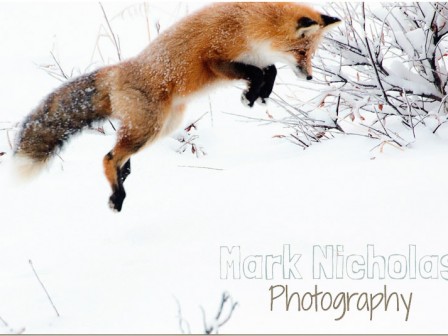I am asked routinely about focal length. I thought I’d start with a much shorter discussion of why shots should, absent perfection, be wide. In many cases, if our pics don’t need a crop (no matter how small) we’re not doing our job.
This may seem counter-intuitive. Wouldn’t it be better to use the “right” focal length and assemble the perfect composition. Sure. The problem is that nature cares far less about your shot than you do.
Benefits of Cropping
There are a four reasons why we should love to crop.
The first is that no matter the focal length, some things just require more reach. So we crop to give us reach. Luckily, we have enough megapixels these days even in the most basic cameras to still have remarkably useable photos.
The second reason is that there are numerous looks that we might want. Perhaps a look with extra space above (for text), or a long panorama. A magazine cover might want tons of space above your subject. Some formats may need context, others not so much. Sometimes, we can garner these looks from the very same image.
The third reason is that nature is entirely unpredictable. Sit with wildlife shooters and you’ll realize quickly that images are lost for several reasons, but the most frustrating is when our object is moving out of frame. Wildlife moves quickly, and often unpredictably – and we give nature some extra space so that our photos are not lost because we failed to predict the unpredictable.
I can’t imagine how often I have lost a shot of a bird swooping down to catch prey because my longer focal length made the subject harder to get into my eyepiece and focus. Less length and I could have gotten the shot. The “right amount” and I was aimlessly trying to “find” the bird. These shots are almost always lost.
Finally, the fourth reason why staying wide can be advantageous is that it helps us get sharper images: allowing ourselves the extra space gives the wildlife shooter a technical advantage. It is easier to nail focus from a shorter focal length. We get a wider cushion at any given aperture, so you don’t have to stop down as much for fear of losing your image to depth. Perhaps we could also avoid the tele-extenders that might cost us some sharpness and, depending on your lens and camera, autofocus. Sometimes we need this stuff – but what can be avoided might just offer the wiggle room to nail a shot that would have otherwise been lost.
Discussing One Photo (of a Million) That Still Tortures Me
Let’s close with a discussion of this Red Fox on the North Slope of Alaska. He was obviously going to lunge, but I didn’t know when. I used a 500mm with a 1.4x tele converter so I was out pretty far. Then I guessed wrong and lost the shot. In retrospect, the framing was probably too close anyway. I didn’t want him centered. On top of everything else, I lost some sharpness with the tele-extender and couldn’t get the light I wanted so the ended up sacrificing some shutter causing some motion blur (I still didn’t get the light I wanted). My focal plane was so narrow and the light was low that I then proceeded to slightly miss focus. It was getting dark and I was already stopping down, so the tele just sapped even more light. I could have saved all of that, and I would have saved the shot too, if I’d just backed off a bit.
Hopefully, at some point throughout the remainder of my life, I’ll get the chance to see this again.
What is the “Right” Focal Length? Whatever gets you the shot. What’s the wrong length? Whatever doesn’t.
